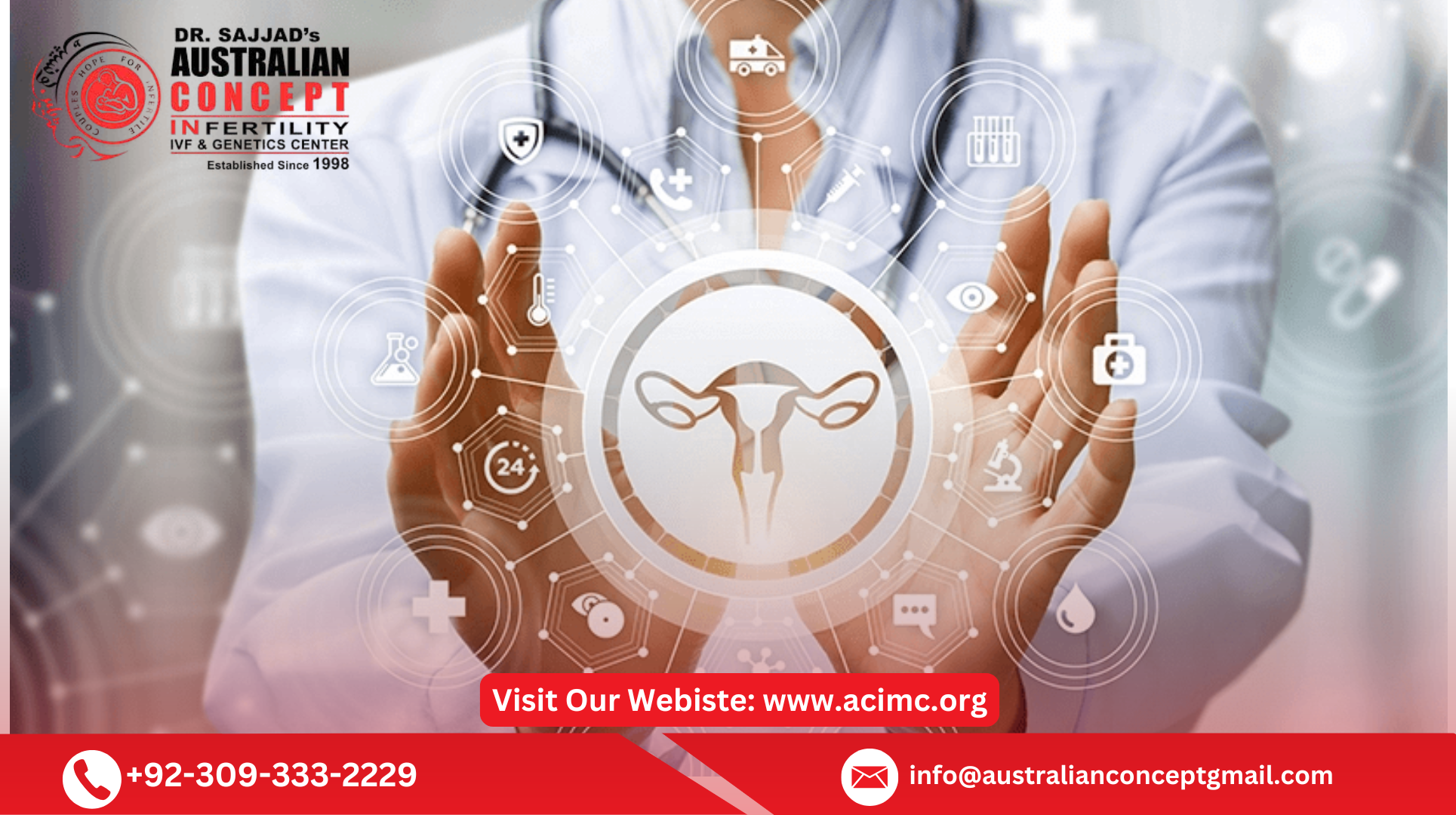What are the facts one should know before the first IUI treatment

Intrauterine Insemination (IUI) is a common fertility treatment used to help couples struggling to conceive. It’s less invasive and less expensive than in vitro fertilization (IVF), making it a popular first-step option for many individuals and couples facing infertility. However, understanding the procedure, its benefits, and potential risks is crucial before beginning the IUI process.
If you’re considering IUI treatment, there are several important facts to know before taking the plunge. Below, we outline everything you need to understand about IUI, including the procedure, success rates, costs, and tips for making your treatment as successful as possible.
What Is IUI Treatment?
Intrauterine Insemination (IUI) is a fertility treatment that involves placing sperm directly into a woman’s uterus around the time of ovulation. This helps increase the number of sperm that reach the egg, thereby improving the chances of fertilization.
IUI is often recommended when a couple is facing fertility issues such as mild male infertility, unexplained infertility, or ovulation disorders. It is also used when the male partner has a low sperm count or when there is a need for donor sperm.
How Is IUI Performed?
IUI is a relatively simple procedure and usually does not require anesthesia. The process generally involves several key steps:
- Ovarian Stimulation:
Before the insemination, women may be prescribed medications (such as Clomid or gonadotropins) to stimulate the ovaries and promote ovulation. This helps ensure that more than one egg is available for fertilization. - Monitoring Ovulation:
The doctor will monitor the woman’s ovulation cycle through blood tests and ultrasounds. This is essential to pinpoint the optimal time for insemination, usually within 24 to 36 hours after ovulation. - Sperm Collection:
On the day of the IUI procedure, the male partner will provide a sperm sample. The sperm is then washed and processed in the lab to remove impurities and concentrate the healthiest sperm. - Sperm Insemination:
The doctor uses a thin, flexible catheter to place the sperm directly into the woman’s uterus. This step is quick, typically taking only 5-10 minutes. - Post-Procedure Monitoring:
After the insemination, women are generally advised to rest briefly, though there is no need for extended recovery time.
Success Rates of IUI Treatment
One of the most frequently asked questions about IUI is, “What are the success rates?” Success depends on a variety of factors, including the cause of infertility, the age of the woman, and the quality of the sperm used.
- Overall Success Rates:
On average, IUI success rates range from 10-20% per cycle, with success increasing in subsequent cycles. - Age Factor:
Women under 35 typically have the highest success rates. As a woman’s age increases, the chances of success decrease due to a natural decline in egg quality. - Male Factor Infertility:
Couples with male infertility issues (low sperm count or poor sperm motility) may see lower success rates, although this can improve with sperm washing techniques and the use of donor sperm.
While IUI is less invasive and expensive compared to IVF, its success rate is lower. Multiple cycles of IUI may be required to achieve pregnancy, and if unsuccessful after several attempts, IVF may be considered as the next option.
What Are the Risks and Side Effects of IUI?
Like all medical procedures, IUI carries some risks. While it is generally safe, it’s important to be aware of potential side effects and complications:
- Ovarian Hyperstimulation Syndrome (OHSS):
If the ovaries are overstimulated due to fertility drugs, there is a risk of OHSS, a condition where the ovaries become swollen and painful. This can cause bloating, nausea, and in severe cases, fluid retention. - Multiple Pregnancies:
Since fertility medications used for ovarian stimulation increase the likelihood of releasing more than one egg, IUI can lead to a multiple pregnancy (twins or triplets). Multiple pregnancies carry a higher risk of preterm labor and complications. - Ectopic Pregnancy:
Although rare, there is a risk of the fertilized egg implanting outside the uterus, typically in the fallopian tubes, which is called an ectopic pregnancy. This requires immediate medical attention. - Infection:
As with any medical procedure that involves inserting instruments into the body, there is a small risk of infection. However, the risk is minimal when the procedure is performed by a qualified fertility specialist.
It is essential to discuss these risks with your doctor before starting treatment and to follow any post-procedure care instructions.
What Are the Costs of IUI Treatment?
The cost of IUI treatment can vary depending on several factors, including the clinic, location, and whether fertility medications are required.
Here’s what may be included in the cost:
- Consultation and Diagnosis:
Initial consultation with a fertility specialist to discuss the cause of infertility. Additional tests may be required for both partners. - Fertility Medications:
If medications are prescribed for ovarian stimulation, the cost of these drugs will be an additional expense. - Monitoring and Ultrasounds:
During an IUI cycle, there will be several visits to the clinic for ultrasounds and blood tests to monitor ovulation. - Sperm Processing:
If sperm needs to be washed or prepared for insemination, this may add to the cost.
While IUI treatment is less expensive than IVF treatment, it’s important to factor in any additional costs, especially if multiple cycles are required.
How to Prepare for Your First IUI Cycle?
Preparation is key to making your first IUI cycle as successful as possible. Here are some tips to help you through the process:
- Understand the Timeline:
The IUI procedure is time-sensitive, so keep track of your ovulation cycle. Follow your fertility specialist’s instructions carefully to ensure that your eggs are ready for insemination at the right time. - Eat Healthy and Stay Active:
Maintaining a healthy lifestyle can improve your chances of success. Eat a balanced diet, stay hydrated, and engage in regular moderate exercise. Avoid smoking and limit alcohol consumption. - Discuss Medications and Supplements:
Some medications, like Clomid or gonadotropins, may be prescribed to help stimulate ovulation. Make sure to discuss all medications you are taking, including over-the-counter supplements, with your doctor. - Emotional Readiness:
Fertility treatments can be emotionally taxing. Prepare yourself and your partner mentally for the ups and downs of the process. It’s perfectly normal to feel a range of emotions, and seeking support from friends, family, or a counselor can be helpful. - Follow Post-Procedure Instructions:
After the IUI procedure, your doctor may suggest avoiding intense physical activity, taking prescribed medications, and scheduling a follow-up appointment to confirm pregnancy. Be sure to follow these instructions for the best chances of success.
When Should You Consider Other Options?
While IUI is an effective and less invasive treatment, it may not work for everyone. If after 3 to 4 cycles of IUI you haven’t achieved pregnancy, it may be time to explore other options such as IVF treatment.
Factors like advanced age, severe male infertility, or blocked fallopian tubes may make IVF a better option than IUI. A fertility specialist can guide you through this decision.
Conclusion:
IUI treatment offers a less invasive, lower-cost alternative to IVF, making it a popular choice for many couples experiencing infertility. By understanding the procedure, success rates, risks, and costs, you can make an informed decision about whether IUI is right for you. Prepare for your first IUI cycle by maintaining a healthy lifestyle, staying informed, and seeking emotional support.
If you have more questions or are considering starting IUI, consult with a trusted fertility specialist to determine the best path forward for your journey to parenthood.



